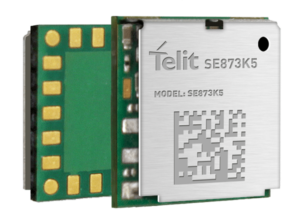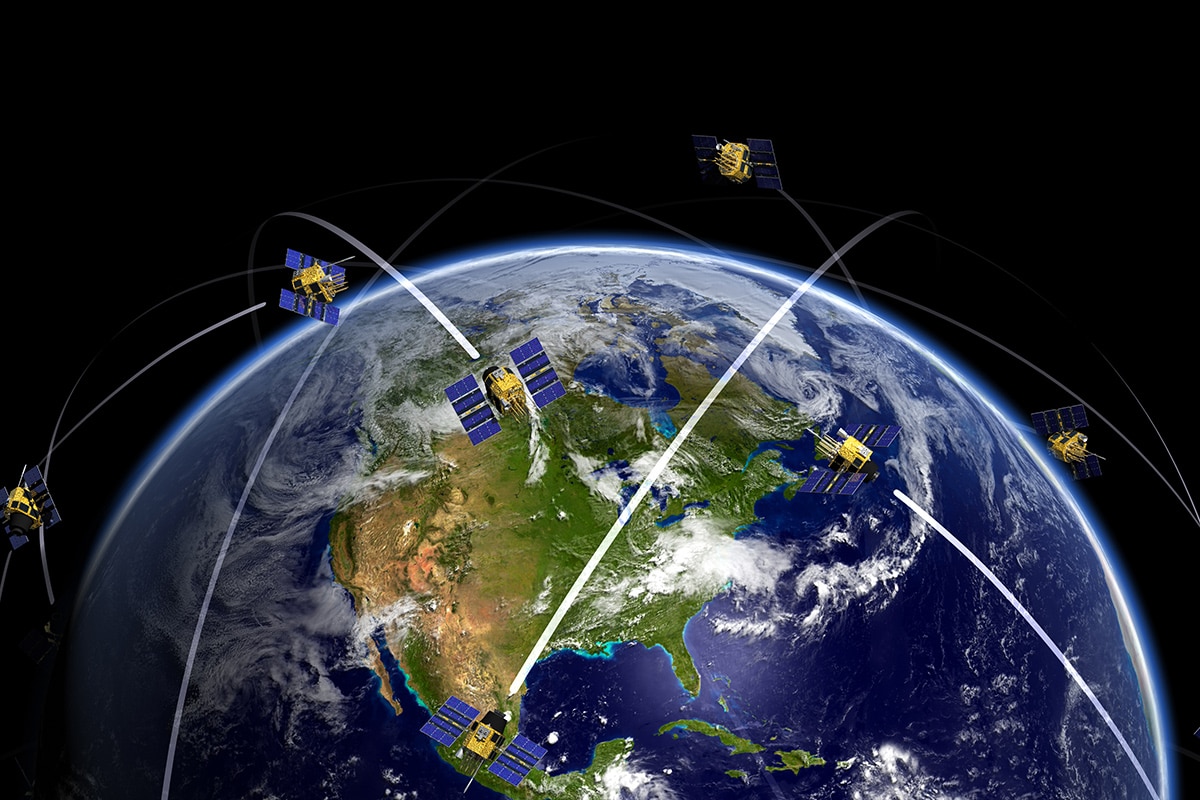Asset Tracking
Manage and monitor your critical assets remotely. Leverage GPS/GNSS to keep track of and locate your valuable assets, such as vehicles or livestock.
Get exceptional positioning and timing modules for your mission-critical IoT application. Our GNSS modules deliver accurate continuous location and precise timing.


Our GNSS positioning and timing modules provide turnkey positioning and navigation technology. They enable simple, cost-effective implementation into your IoT deployment. You can get your solution off the ground with high-precision positioning and high-speed navigation in a matter of days.

Our next-generation GNSS positioning and timing module portfolio includes:
Manage and monitor your critical assets remotely. Leverage GPS/GNSS to keep track of and locate your valuable assets, such as vehicles or livestock.
IoT positioning modules enable telematics and fleet management applications with route optimization and fleet security.
Wearables enabled with IoT positioning give health care providers better visibility into vulnerable patients’ health status wherever they are.
As part of an IoT-enabled smart surveillance and security system, IoT positioning modules can help you keep track of your critical assets and prevent loss.
IoT GPS/GNSS modules enable smart utilities to optimize distribution and enable emergency response to outages in homes and neighborhoods.
What Is Geofencing?
Turnkey, Ready-to-Integrate GNSS Modules
We’ve pioneered IoT products and solutions for over 20 years. Speak with our IoT experts today to begin implementing GNSS into your IoT deployment.